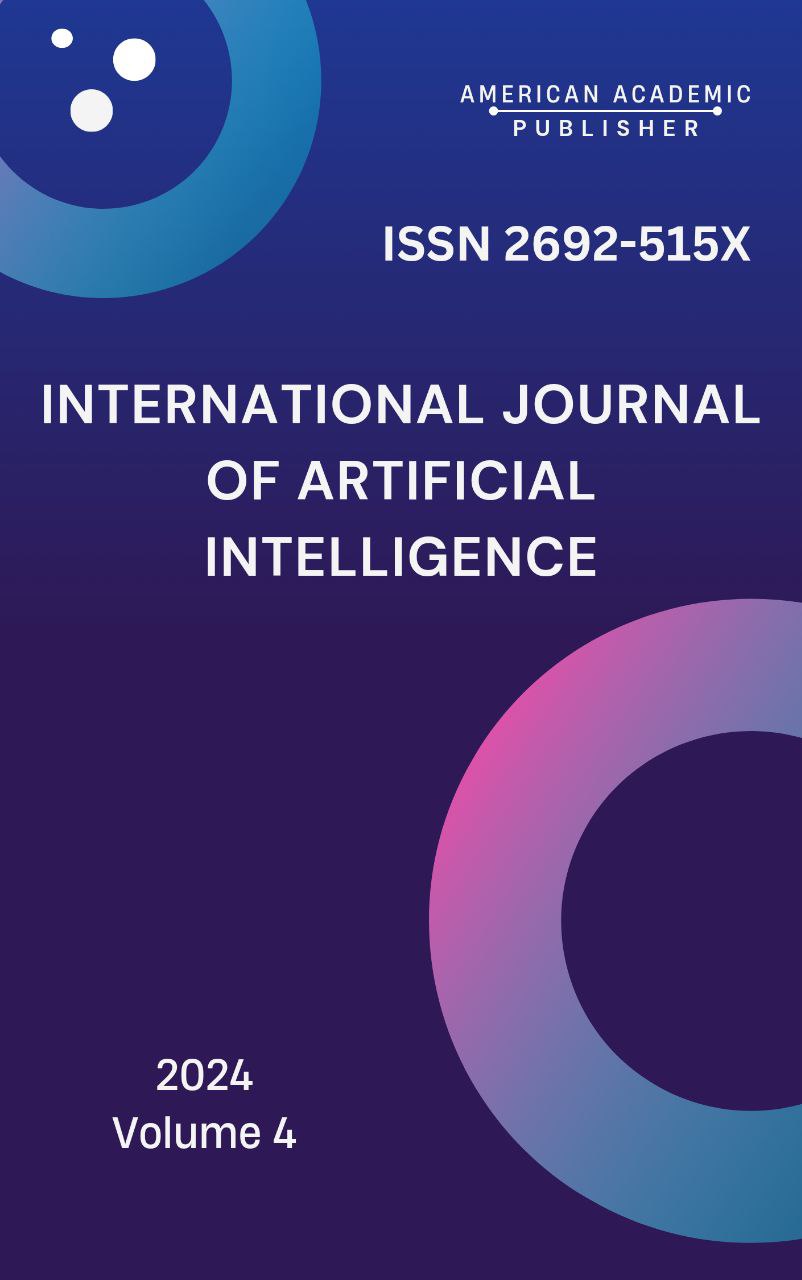 Articles
| Open Access |
Articles
| Open Access | THE ROLE OF TECHNOLOGY IN TESOL
Iskanova Lola , Assistant Teacher at Zarmed UniversityAbstract
Technology has revolutionized Teaching English to Speakers of Other Languages (TESOL), offering tools that enhance accessibility, personalize learning, and foster interactivity. This article examines the transformative role of technology, from virtual classrooms and adaptive learning software to gamified apps and immersive environments. While it has improved teaching efficiency and learner engagement, challenges like the digital divide and over-reliance on technology are also discussed. The article advocates for a balanced approach, combining traditional methods with technological advancements. Future prospects, including AI and blockchain, promise further innovation, making TESOL more inclusive and dynamic for learners and educators alike.
Keywords
TESOL (Teaching English to Speakers of Other Languages), digital divide, adaptive learning, Gamification, Virtual classrooms, Immersive environments, Artificial Intelligence (AI), Blockchain technology, Personalized learning, Interactive learning.
References
Borich, G. D. Effective teaching methods: Research based practice (6th ed.). Upper Saddle River, NJ: Pearson. 2007.-102 p.
Echevarria, J., Vogt, M., Short, D. J. Making content comprehensible for English Learners: The SIOP model (3rd.). Boston: Allyn and Bacon. 2007. -56 p.
Egbett, J., Paulus, T. M., Nakamichi, Y. The impact of CALL instruction on classroom computer use: A foundation for rethinking technology in teacher education. Language Learning and Technology. 2002. P. 108-126.
Egbert, J. and C. Simich-Dudgeon. Providing support for non-native learners of English in the social studies classroom. The Social Studies, 92 (1), 2001. P. 22-25.
Nushi, M., Eqbali, M. H. Duolingo: A mobile application to assist second language learning. Teaching English with Technology, 17(1), 2017. P. 89–98.
Article Statistics
Downloads
Copyright License

This work is licensed under a Creative Commons Attribution 4.0 International License.

